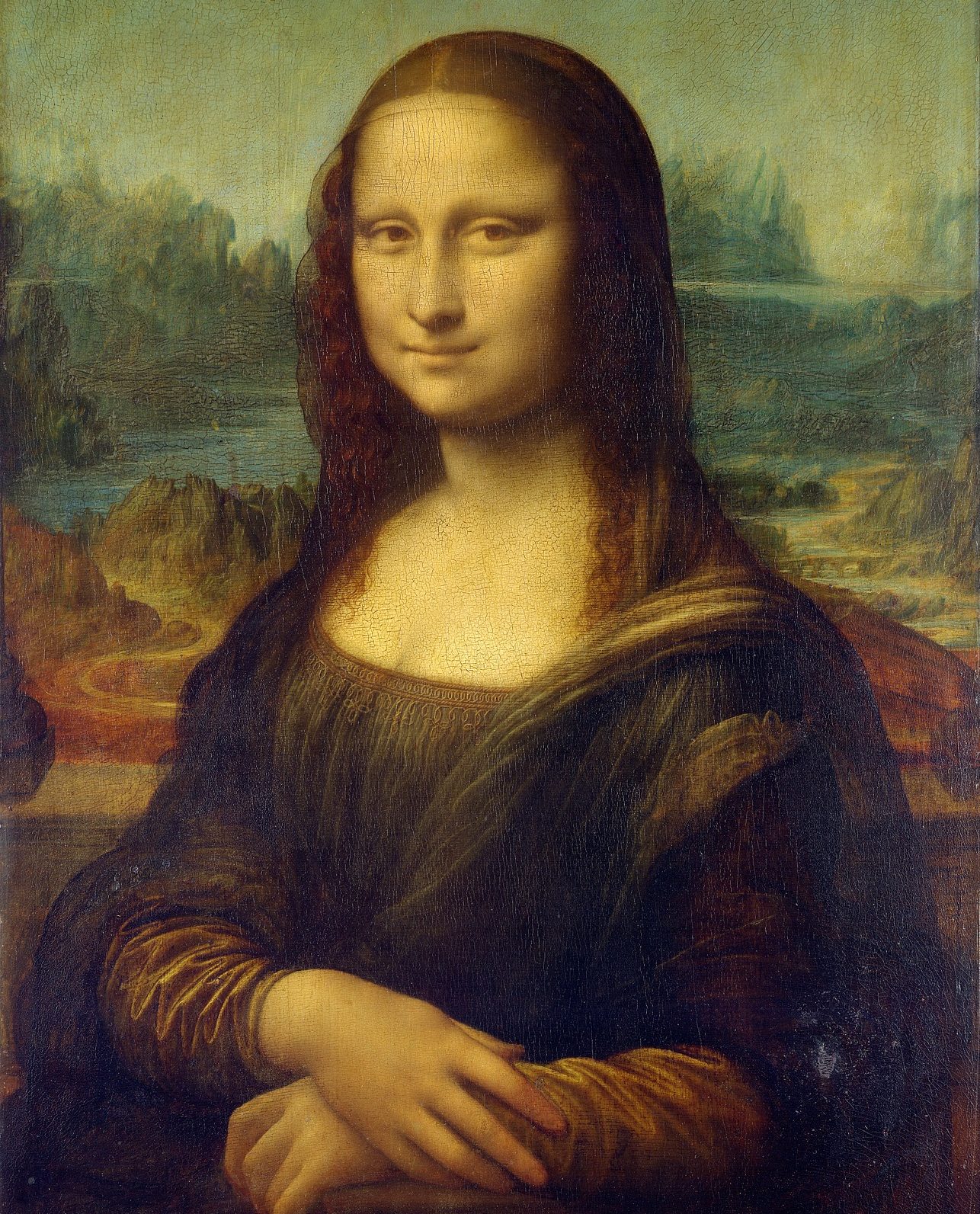Investigating the illicit trade in stolen art and antiquities

At a landmark conference in Siem Reap, Cambodia, in September 2022, that country’s Minister of Culture and Fine Arts issued a poignant statement encapsulating exactly what it means for a nation to be repatriated of its ancient, looted treasures.
“As each statue arrives back in Cambodia,” Phoeurng Sackona told government officials, historians and art experts, “We become more united with our history, our national identity, and our ancestors”
The repatriation of stolen antiquities and other artworks – increasingly issues of diplomatic relations and concern – is just the final stage of a painstaking process spanning many years. Cross-border investigators have to prove an object’s illicit origin and piece together its smuggled history, which may include tracking money flows.
Coveted by wealthy collectors and elite museums and galleries, antiquities are not just historical objects but also symbols of power and status that can be traded for millions of dollars on the international art market.
Some of the trade is illicit: Local theft is frequently facilitated by “reputable” middlemen, art professionals who falsify an object’s history, and by dealers and auction houses who sell them to billionaires and museums.
Art crime isn’t limited to stolen antiquities. Experts have called the international art market the largest unregulated market in the world, behind narcotics.
To protect the identities of wealthy buyers, multi-million dollar transactions often take place anonymously, veiled by shell companies. Such opacity also makes it an ideal vehicle for financial crime, including money laundering and tax evasion. Finance Uncovered is now investigating this hugely important topic.
Article Credit: https://www.financeuncovered.org/investigations/dark-art
